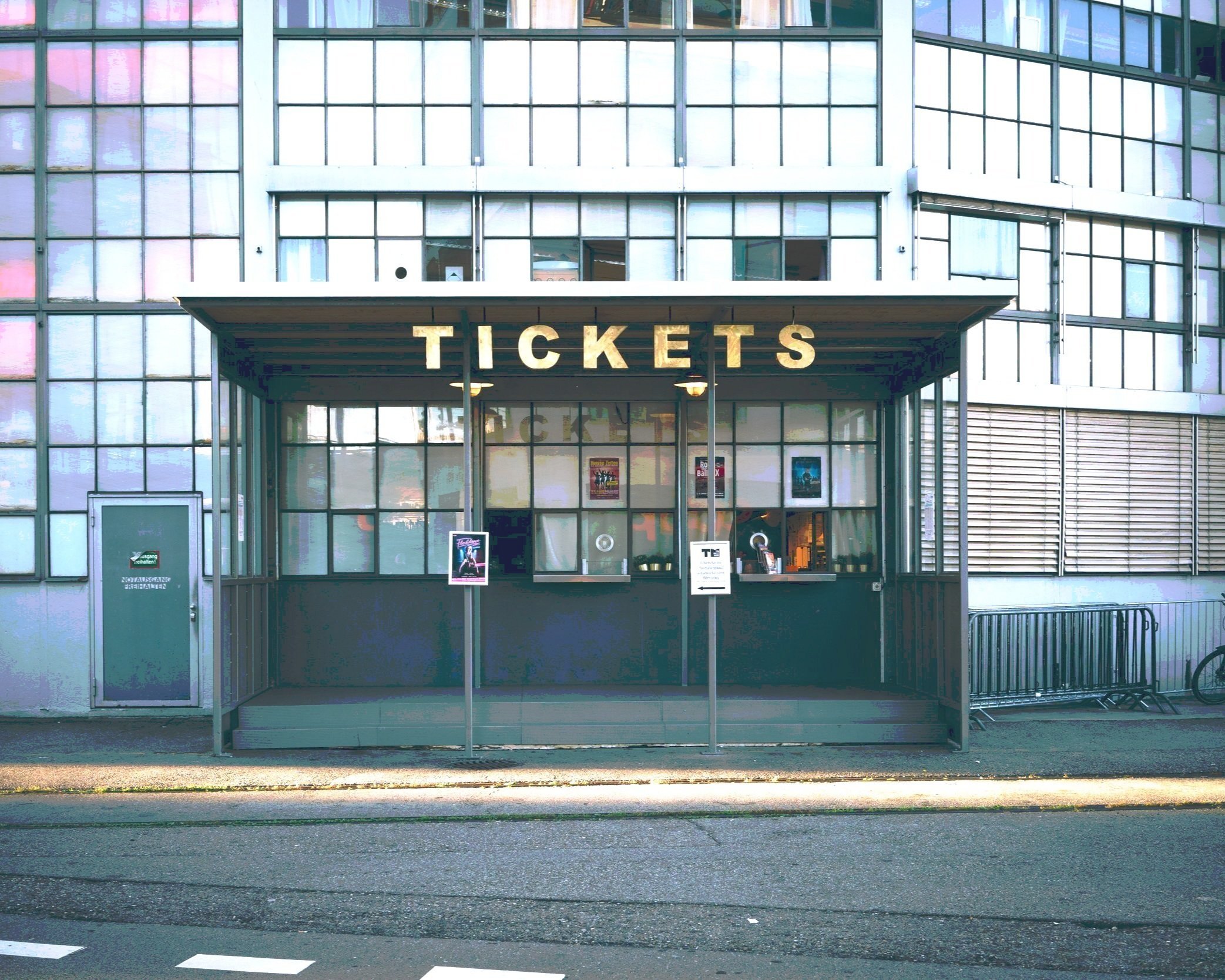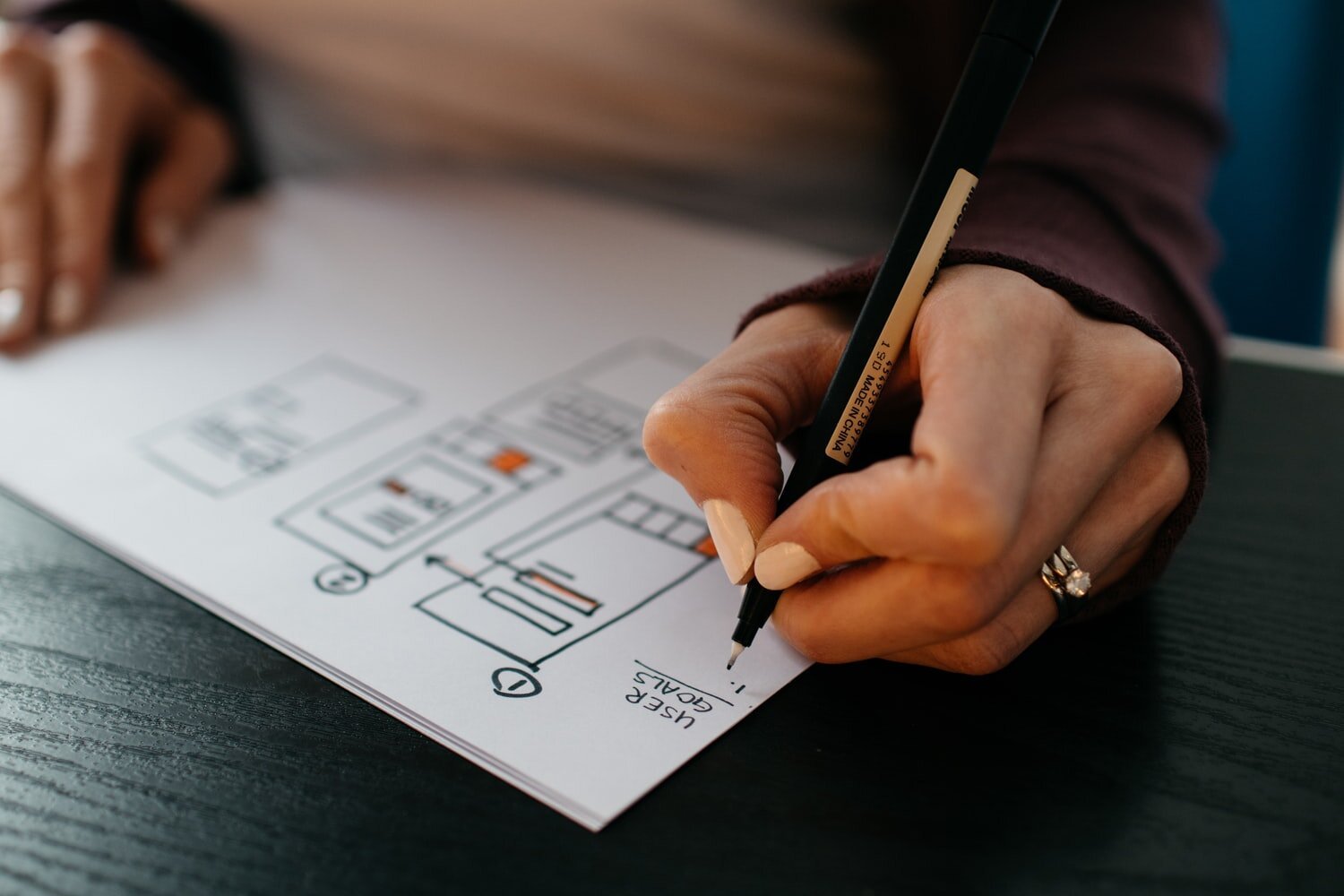
New Feature to Ticketing System
The “Ticketing System” assists editors in keeping track of project statuses - whether a project hasn't been edited, is currently being edited, or has already been edited. The improved “Ticketing System” allows editors to document notes and ratings, etc. on projects in addition to showing the project status. These new features allow Editors to better manage their projects as they now have immediate access to additional important documentation.

*A project overview is presented below.

Problem Space
At times, editors handle a high volume of projects so it may be difficult to recall the specifics of each project. They need a more robust ticketing system in order to keep better track of edits themselves rather than only whether a project has been edited. How might we help provide editors with additional editing tools so that they can more quickly and accurately refresh their recollection when managing or discussing their projects?
Hypothesis
Editors have difficulty remembering specific project edits afterward so they waste time re-learning the project to make sure all pending next steps have been completed. They need their ticket system to include documentation tools to assist them in quickly getting back up to speed on each of their projects for more optimal management.
Assumptions
Editing many projects makes it difficult to remember specific details of any one project.
Editors waste time reviewing already edited projects to make sure the editing has been completed.
Editors need to discuss projects with each other as well as other collaborators.
Some projects need additional editing while others can be finalized after initial editing.
Just knowing whether a project has been edited is not enough information for a substantial project discussion.
Editors have good memory about the projects they’ve edited, but it’s not perfect.
All projects use the ticketing system before the project is finalized and given to clients.
An updated ticketing system will assist Editors in documenting their project thoughts/edits for quick reference at a later time.
UX Process






Exploring Ticketing Systems & Understanding Users
Interviews

The goal is to understand how we can help editors efficiently and reliably manage their projects so that they can more quickly and accurately refresh their recollection when managing or discussing their projects. We determined that our target audience for user interviews would be internal editors, part or full-time. We created an interview guide containing information goals in order to gain more insight on the issue at hand. Then, we located and interviewed 3 current editors who were familiar with project editing in order to get specific feedback about their needs, goals, pain points, and frustrations pertaining to their project management methods. Interviewees routinely found it difficult remembering editing details when they needed to discuss specific projects that required follow up. Many used an external notepad or spreadsheet to manage their projects as looking at a project didn’t always trigger their memory. For instance, sometimes after editing, Editors need to discuss edits with collaborators or require certain feedback before proceeding with additional edits. The “Ticketing System” informing editors of editing status without any other details doesn’t contain all the necessary features to assist editors with optimal project management. By understanding what editors like and dislike about the current “Ticketing System,” we could redesign it to be better, with more of the features they need. Many interviewees stated that they’d like to rate projects to track the quality of project collaborators for future reference. They also wanted to write notes on the project for themselves and other editors in order to justify edits or provide important information. Although editors preferred to just rely on the “Ticketing System” rather than use it in combination with external documentation applications, the types of features they needed were missing and prevented them from using this system as their only form of documentation. Thus, it would be helpful to update the “Ticketing System” with features allowing users to document details of their projects with notes and ratings, etc. in order to assist editors in achieving their project management goals.
Persona

A primary persona represents our target audience’s needs, pain points, and goals so we can better understand our target audience. The persona is a personification of all our research data so that we have someone specific in mind to design for. The insights generated from our affinity map clarify our target audience’s goals, needs, pain points, and frustrations. We consolidated all these attributes into our persona. Our team needs to design for a person who manages many projects, wants project information located in a central single location for quick reference to accurate details, and appreciates having a work/life balance. By creating a persona, our team can narrowly tailor and effectively design our product to help editors efficiently manage their projects. With a persona, all team members are aligned about who our target audience is.
Generating Features from Insights
Insights
Features
Users want the “Ticketing System” to be an all-inclusive documentation location.
Users need a way to rate projects.
Users want to convey information to other users and/or collaborators.
Users dislike wasting their time trying to understand a project.
Users want to make sure all follow-up items are accounted for.
Add a variety of text/dropdown fields and icons to the “Ticketing System.”
Provide rating options.
Provide required and optional note fields.
Create streamlined steps requesting important information to display.
Include an option to delay finalizing a project after initial editing.
Designing New Features for the Ticketing System
Based on the ideas generated, our team crafted designs. Editors now have access to editing instructions, note/reason fields, rating options, and issue tag options among other helpful features.
Usability Testing Results

Overall, users found the improvements to the “Ticketing System” very helpful. We learned that the displayed instructions assisted users in efficiently completing their tasks. The issue tags were easy and delightful to interact with. Moreover, leaving notes on projects was intuitive and assisted users in quickly remembering whether projects needed additional attention or communication with collaborators. Documentation within the “Ticketing System” brought immense value to users.
Key Takeaways
A few users wanted a way to save their work without needing to submit the ticket when there were pending items.
All users liked the editing instructions toward the beginning of the project as they provided a quick summary of their tasks.
Most users enjoyed leaving notes on the project rather than on their physical/external notepads which sometimes got misplaced.
Users found the improved “Ticketing System” easy to navigate as it contained recognizable and familiar UI elements.
One user wanted to elaborate on specific project issues they had selected, but note text fields were only available in other sections.
Users were frustrated that their notes did not save/display after abandoning the ticket.
Ticketing System Iterated
In the next design iteration of the “Ticketing System,” we developed the ability to delay finalizing a project by adding a second editing ticket that we referred to as a review ticket, added an optional text field within the project issue section, and provided a “Save Progress” option so that notes/ratings could be preserved without a submitted editing or review ticket.
Recommendations: Thoughts & Next Steps
Fortunately, we’ve discovered that the note and rating features in the “Ticketing System” contains high usability so it would be beneficial to continue iterating and testing our design. Perhaps rating icons or short phrase tags would assist in quicker evaluations.
We want to create a great “Ticketing System” that’s helpful and specifically tailored to the users/target audience of individuals who want better manage their projects through thorough and complete documentation. Additional interviews should be conducted to gather more information about other nice to have features.
The most important post-launch metrics are: decreased average time spent using the “Ticketing System,” decreased error reports to the development team, decreased number of incomplete pending tasks, increased positive user feedback, and a increased average of projects containing notes. These metrics will measure the quality of the user experience so we can determine whether any features need upgrading.
With the aforementioned aspects executed, editors will have a more fine-tuned “Ticketing System” that they will be happy to use in order to better manage their projects. In consequence, editors will not need to waste their time trying to understand a project as documentation will be centrally located/displayed on their projects.
Reflection: Lessons Learned

Sed purus sem, scelerisque ac rhoncus eget, porttitor nec odio. Lorem ipsum dolor sit amet.

Vivamus pellentesque vitae neque at vestibulum. Donec efficitur mollis dui vel pharetra.

Praesent id libero id metus varius consectetur ac eget diam. Nulla felis nunc, consequat laoreet lacus id.

Donec id justo non metus auctor commodo ut quis enim. Mauris fringilla dolor vel condimentum imperdiet.

Commodo cursus magna, vel scelerisque nisl consectetur et. Donec id elit non mi porta gravida at eget metus.

Lorem ipsum dolor sit amet, consectetur adipiscing elit. Vestibulum id ligula porta felis euismod semper.

Quisque iaculis facilisis lacinia. Mauris euismod pellentesque tellus sit amet mollis.

Sed purus sem, scelerisque ac rhoncus eget, porttitor nec odio. Lorem ipsum dolor sit amet.

Vivamus pellentesque vitae neque at vestibulum. Donec efficitur mollis dui vel pharetra.

Praesent id libero id metus varius consectetur ac eget diam. Nulla felis nunc, consequat laoreet lacus id.

Donec id justo non metus auctor commodo ut quis enim. Mauris fringilla dolor vel condimentum imperdiet.

Commodo cursus magna, vel scelerisque nisl consectetur et. Donec id elit non mi porta gravida at eget metus.
A “Ticketing System” is its own ecosystem and all its separate parts need to work in combination with each other like a well-oiled machine. The more opportunities to leave notes or feedback are what editors need and want in order to best manage their projects. However, it is also important to keep the goals of the business as well as the user in mind - there needs to be a delicate balance in the design to accommodate both parties. We must continually analyze and determine methods on how to improve this ecosystem for everyone involved. In our case, it’ll be beneficial to make sure the “Ticketing System” provides thorough but speedy tools to document information in order to maintain client satisfaction with our main technology platform product.




